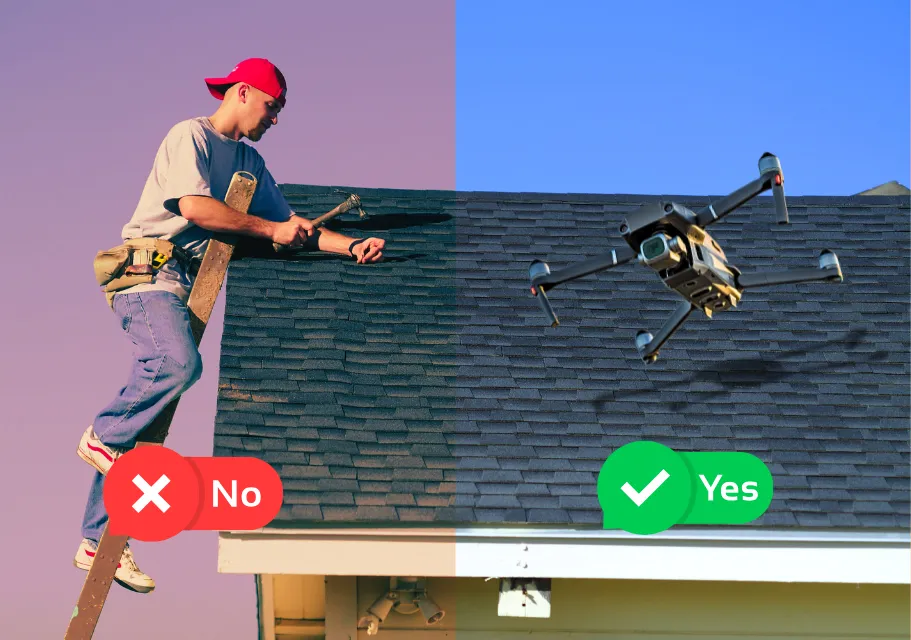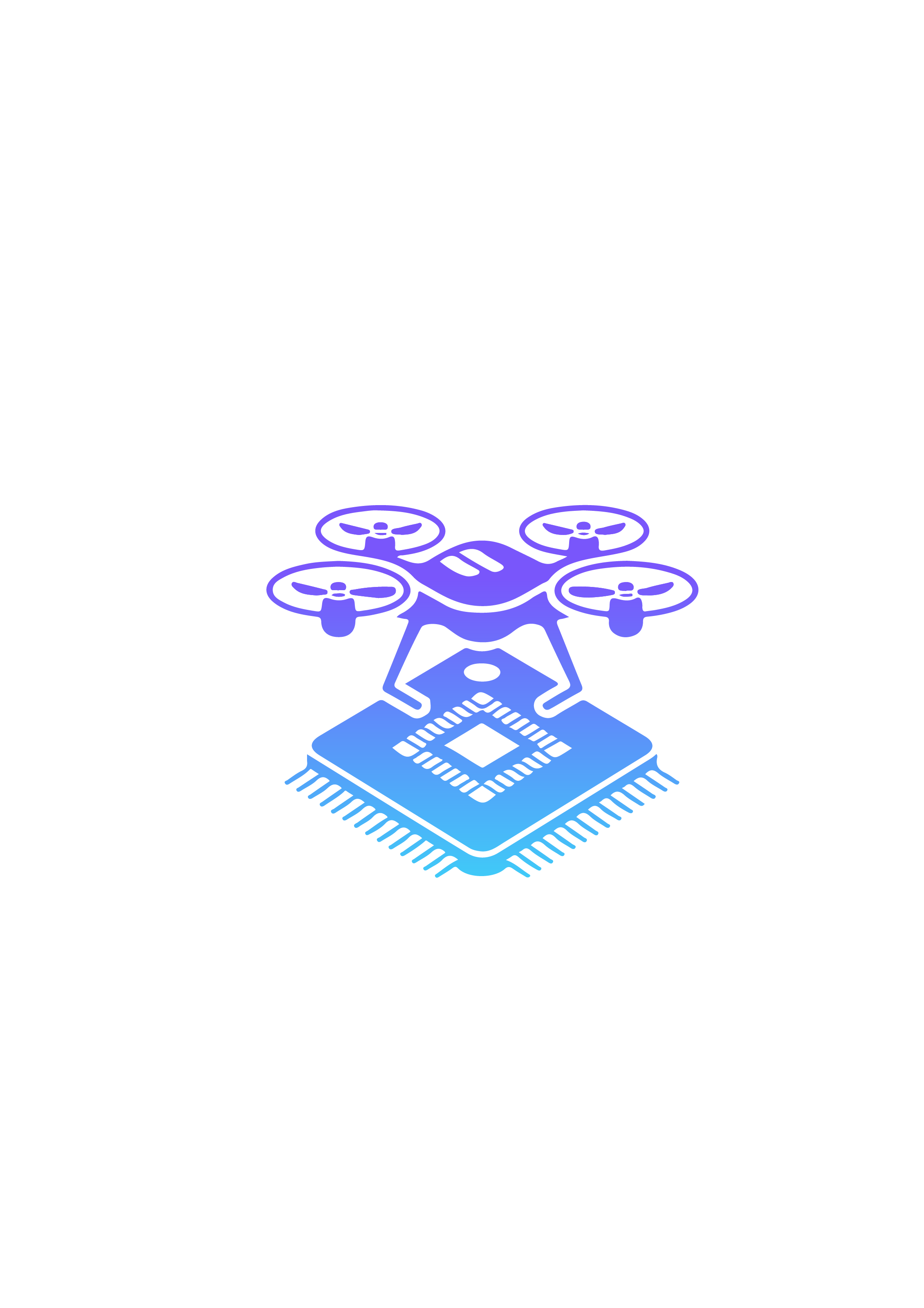
Drones have moved far beyond being gadgets for hobbyists. They're reshaping industries like wildlife exclusion, pest control, and wildlife management by offering tools that enhance efficiency, safety, and precision. Features like thermal imaging allow drones to detect heat signatures from animals or pests, revealing hidden activity that traditional methods often miss. This technology isn't just innovative. It's a practical solution that's already proving its value in real-world applications.
For businesses in these fields, adopting drone services can provide a competitive advantage while demonstrating a commitment to modern, effective practices. Think about how thermal imaging transformed building inspections by spotting issues invisible to the eye. Drones represent a similar leap, enabling professionals to address problems proactively and sustainably.
This article explores the capabilities of drones in these sectors, backed by insights from studies and practical examples. It aims to educate readers, from laymen to environmental professionals, on how drones work, their benefits, and considerations like potential wildlife impacts. We'll also touch on upcoming content for deeper dives into these topics.
The Capabilities of Drones in Wildlife and Pest Management
Drones equipped with high-resolution cameras and thermal sensors are changing how professionals approach inspections and monitoring. They provide aerial views that cover large areas quickly, capturing data that's hard to gather on foot. Studies show drones can reduce inspection times significantly, allowing teams to handle more jobs without compromising thoroughness.
For instance, thermal imaging on drones detects temperature differences, highlighting warm spots that might indicate pest activity or wildlife nests. Research from wildlife monitoring trials demonstrates that this noninvasive method can identify animals in dense habitats or at night, when traditional scouting is challenging. In pest control, drones help spot rodent trails or insect infestations by revealing heat patterns in structures like attics or walls. This precision means fewer missed issues, leading to more effective treatments and satisfied clients.
Safety is another key benefit. Drones eliminate the need for ladders or risky climbs, reducing the chance of falls and potentially lowering insurance costs. They're also cost-effective over time, as they minimize labor hours and material waste by targeting interventions accurately.
However, drones aren't without considerations. Studies on their impact on wildlife behavior note that noise, low altitudes, or close approaches can cause stress or flight responses in animals, particularly birds or mammals in breeding seasons. To minimize disturbance, operators use higher flight paths, quieter models, and brief flights. Research indicates that when flown responsibly, drones often cause less disruption than human presence on the ground, making them a valuable tool for conservation efforts like population surveys or habitat assessments.
Real-World Applications: From Detection to Prevention
Drones shine in diverse scenarios, offering insights that ground-based methods can't match. Here's how they apply in wildlife exclusion, pest control, and management:
Detailed Property Assessments
Drones can scan entire properties to identify entry points for pests or wildlife, such as cracks in roofs or gaps in foundations. With 56x zoom capabilities, they capture fine details that might escape notice during manual checks. Thermal sensors add another layer by detecting heat anomalies, like warm nests in eaves or active burrows. Studies in pest management show this approach can differentiate active infestations from inactive ones, allowing teams to prioritize resources effectively.
Tracking Wildlife and Pests
In wildlife management, drones help track animal movements or locate invasive species without direct intervention. For environmental professionals, this means gathering data for conservation plans, such as monitoring endangered species or assessing habitat health. Research highlights how thermal drones have been used to find injured animals after events like bushfires, speeding up rescue efforts. In pest control, they pinpoint rodent or insect hotspots, reducing the need for broad chemical applications and promoting eco-friendly practices.
Handling Large-Scale Projects
For commercial sites like warehouses or farms, drones cover vast areas efficiently, cutting inspection times from hours to minutes. This is particularly useful in agriculture, where they scout for crop-damaging pests or wildlife. Trials in thermal aerial culling for vertebrate pests demonstrate how drones aid in population control in challenging terrains, though always within ethical and legal guidelines.
Ongoing Monitoring Programs
Regular drone flights can establish baseline data for properties, tracking changes over time. Bi-weekly or monthly scans catch emerging issues early, preventing minor problems from escalating into major infestations. This preventative model not only saves costs but also supports sustainable management, aligning with environmental goals. Upcoming posts on our blog will explore drone impacts on wildlife in more detail, including studies on minimizing disturbances for better conservation outcomes.
These applications show drones as versatile tools that enhance accuracy while respecting environmental considerations. By flying at optimal altitudes and limiting exposure, operators can gather data with minimal wildlife impact, as supported by meta-analyses on drone disturbances.
Considerations for Drone Use in Sensitive Environments
While drones offer clear advantages, it's important to address their potential effects on wildlife. Studies reveal that factors like flight speed, altitude, and noise levels influence animal responses. For example, birds in nesting areas might show stress if drones fly too low, leading to temporary abandonment or energy loss. Mammals in groups could scatter, affecting behavior patterns.
To mitigate this, guidelines recommend maintaining distances of at least 100 meters, using quiet electric models, and avoiding sensitive periods like breeding seasons. Research on cetaceans and other species suggests that responsible drone use causes less disturbance than boats or ground teams, making it a net positive for monitoring. Environmental professionals can leverage this for noninvasive studies, but always with permits and ethical reviews. Look out for our future posts diving deeper into these studies and best practices for wildlife-friendly drone operations.
Why Collaborate with Drone Experts
Owning drones involves costs for equipment, training, FAA compliance, and maintenance, which can be daunting for busy professionals. Partnering with a specialized service lets you access these benefits without the hassle. You gain expert-operated flights tailored to your needs, ensuring data is accurate and actionable.
Enhancing Your Online Presence with Drone Services
Few companies in wildlife exclusion, pest control, or management promote drone integration online yet. By incorporating keywords like "drone-assisted wildlife exclusion" or "thermal drone pest detection," you can rank higher in searches. This positions your business as innovative, attracting clients seeking advanced solutions. Early adoption means getting found first, building a reputation for cutting-edge service.
Take the Next Step
Ready to integrate drones into your operations? Whether you're in pest control, wildlife exclusion, or environmental management, this technology can transform your approach. We're excited to share more in upcoming posts on drone-wildlife interactions and conservation applications.
At Suave Droning, we specialize in these services across Pennsylvania, New York, and New Jersey. Our Mavic 3T drones with thermal imaging deliver precise, safe inspections that align with industry best practices. Contact us for introductory offers and customized solutions that keep wildlife impacts minimal while maximizing efficiency.
📩 Contact Suave Droning today to explore how we can elevate your business with drone technology.
